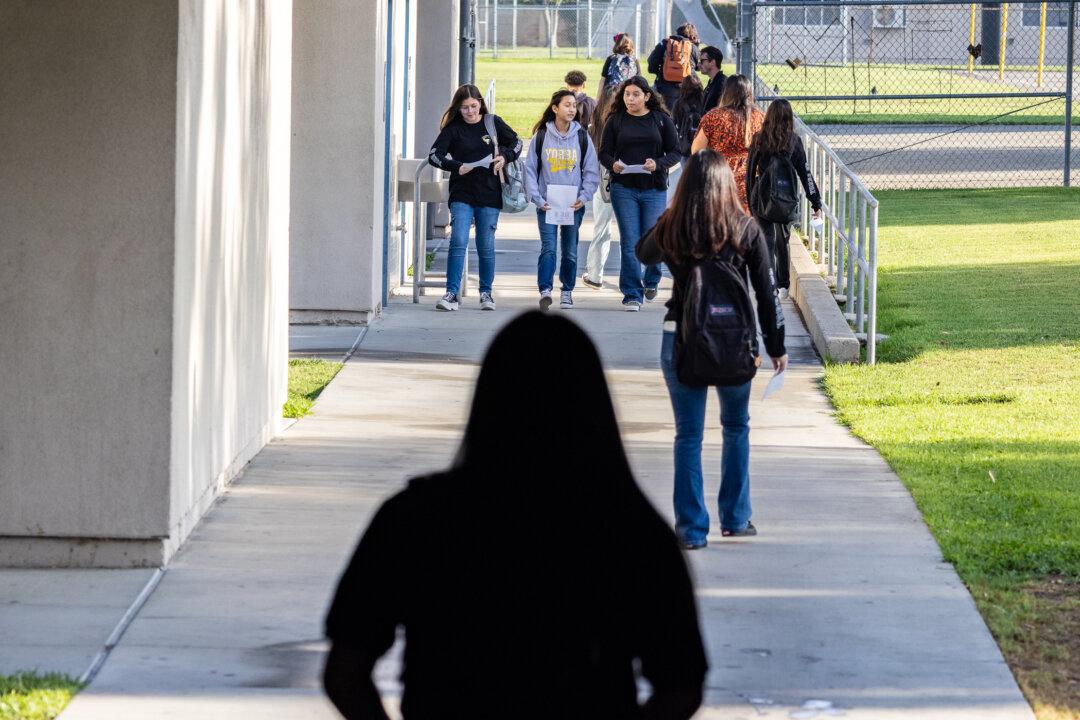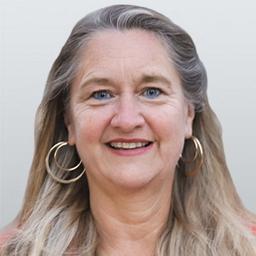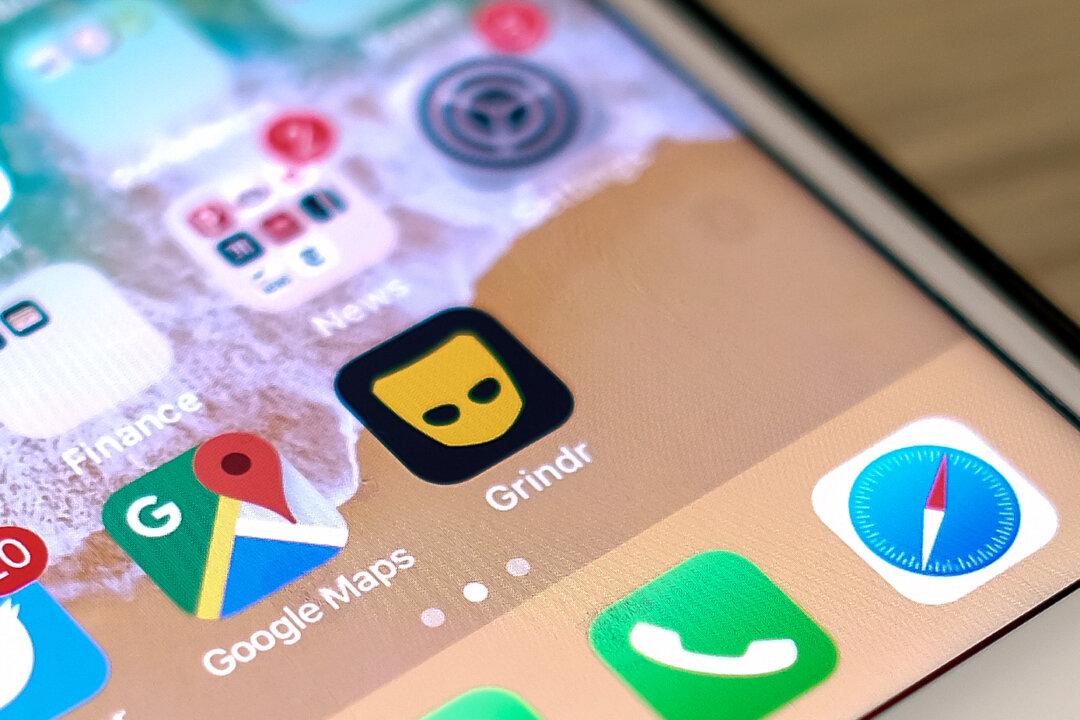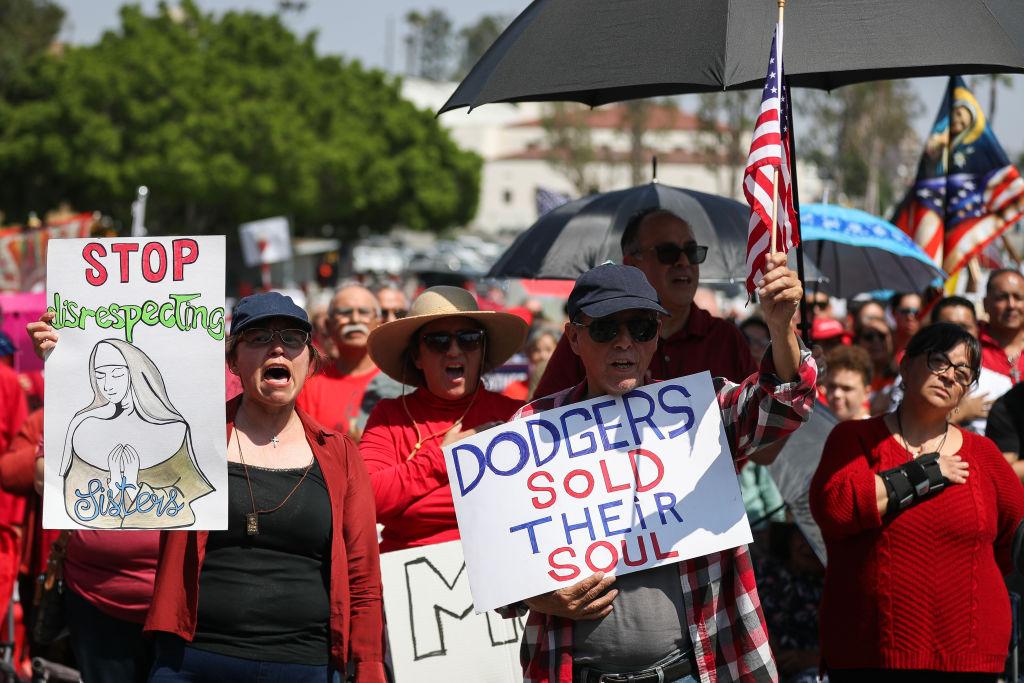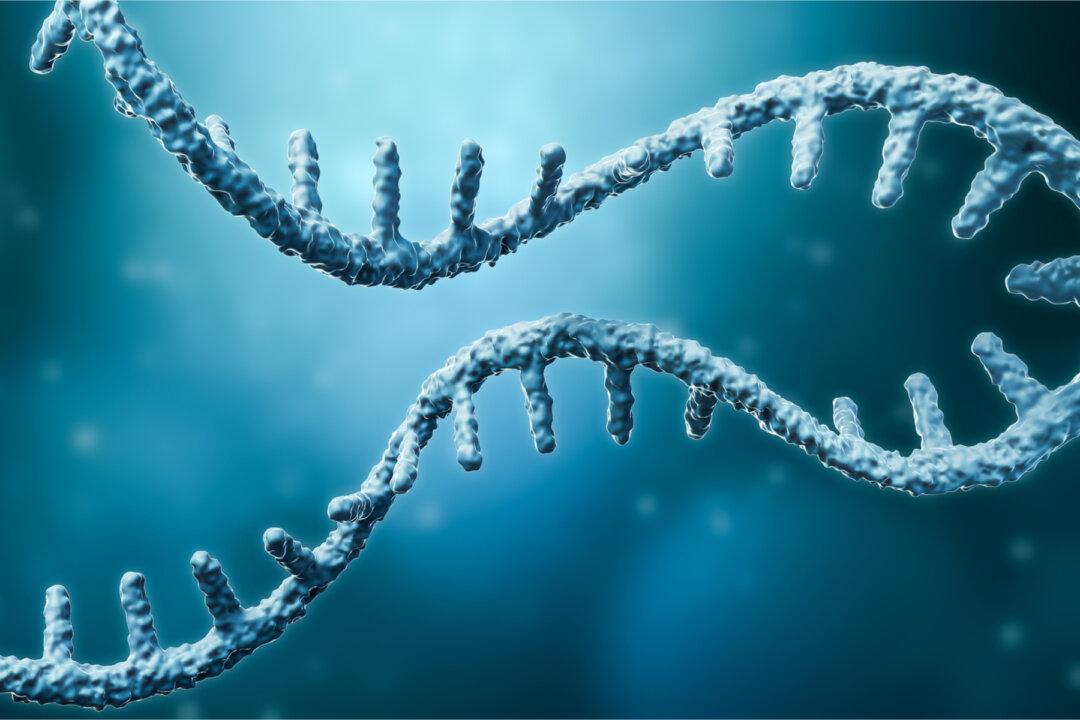Commentary
As battles rage between local school districts in California and the state attorney general, Rob Bonta, regarding whether or not schools should notify parents if their child identifies as transgender or nonbinary at school, I think it’s strange—as a California public school teacher—that no one is clarifying the definitions of transgender and nonbinary.
